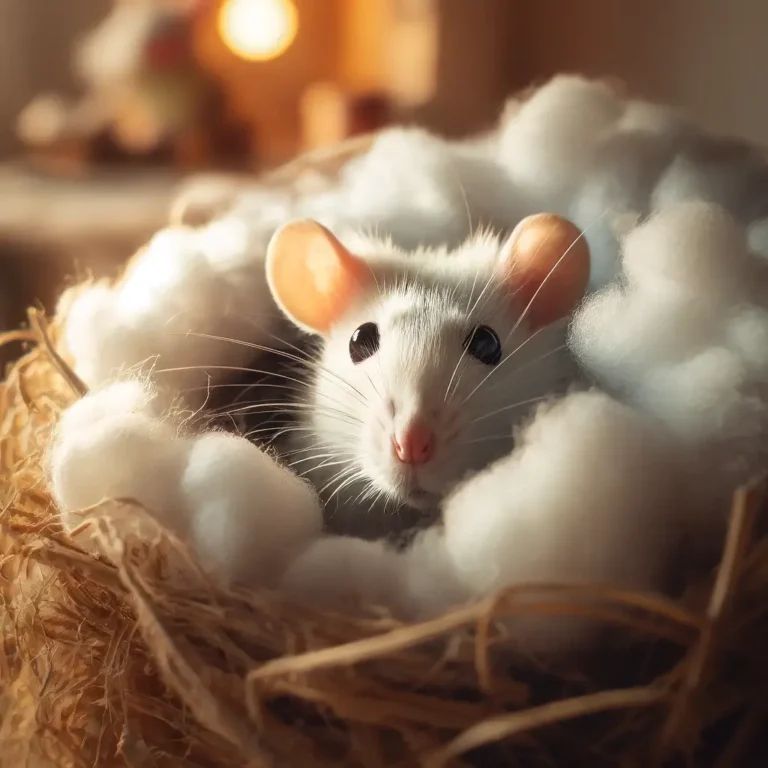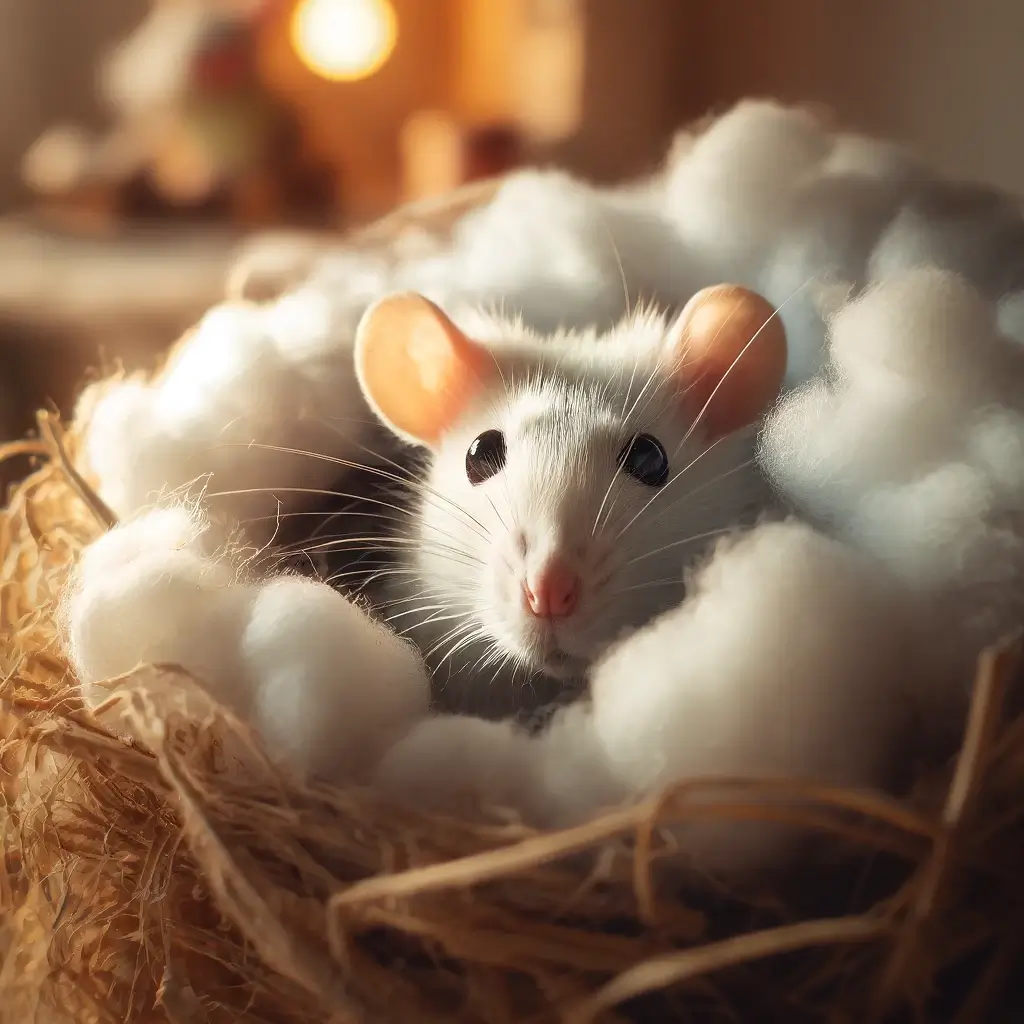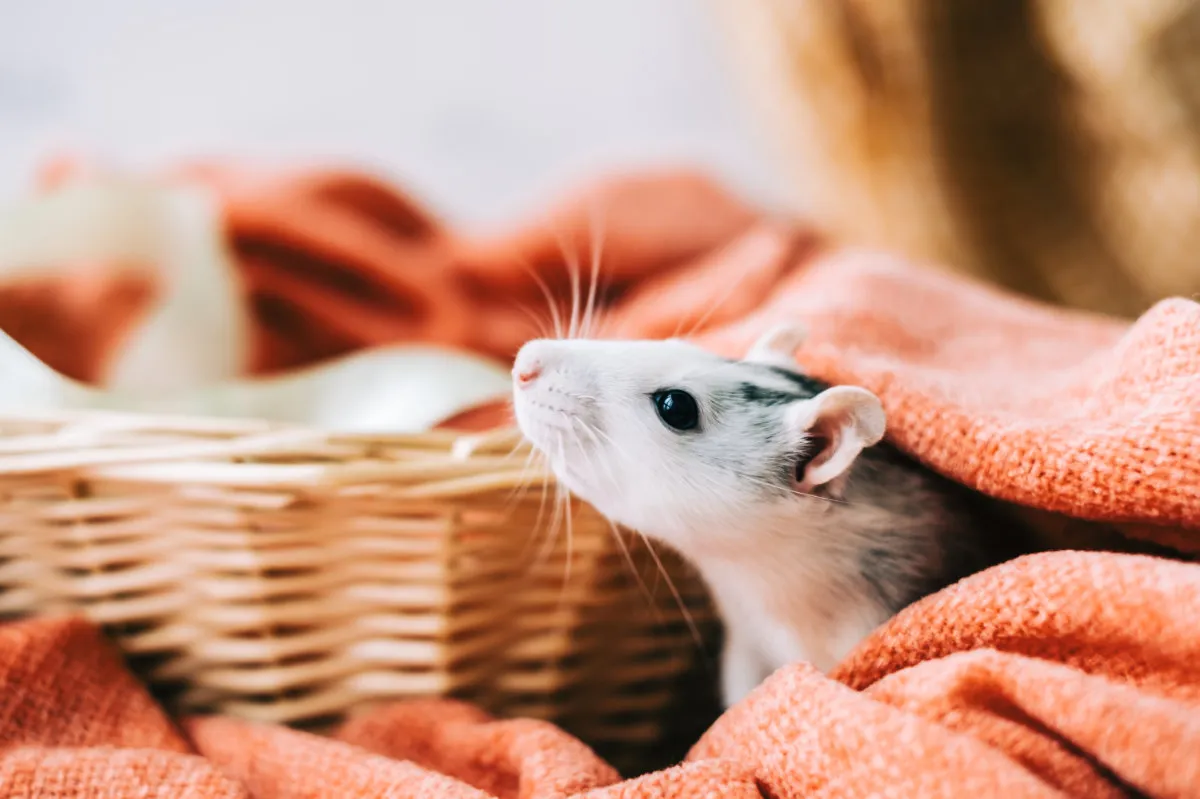Rats are often misunderstood creatures. Despite common misconceptions, these intelligent and social animals make excellent pets for those willing to understand their needs and behaviors. Caring for a pet rat involves more than just providing food and water; it requires a deep understanding of their behavioral patterns, dietary needs, health concerns, and more. This article will guide you through everything you need to know about caring for your pet rat, ensuring a healthy and happy life for your furry friend.
Understanding Rat Behavior
Rats are highly social animals that thrive on interaction with their own kind and with humans. They are known for their intelligence, curiosity, and playful nature. Rats love to explore their surroundings, which means they need plenty of stimulation and environmental enrichment. When kept in pairs or small groups, rats can engage in social grooming, play, and companionship, which are vital for their mental health. However, it’s important to introduce new rats to each other carefully to avoid aggression.
Size, Information, and Lifespan
The average size of a pet rat is about 9 to 11 inches long, not including their tail, which can add another 7 to 9 inches. Their size can vary based on the breed, with some breeds being larger than others. On average, a healthy pet rat can live between 2 to 3 years, though with excellent care, some rats live up to 4 years or more.
Housing
Your rat’s cage is their home, and it should be as comfortable and stimulating as possible. A good rule of thumb is to provide at least 2 cubic feet of space per rat. The cage should be well-ventilated, secure, and easy to clean. A multi-level cage with platforms, ramps, and hiding places is ideal for encouraging exploration and exercise. The cage should be placed in a quiet area away from direct sunlight and drafts but in a part of the home that allows for social interaction.
Substrate
Choosing the right substrate for your rat’s cage is crucial for their comfort and health. Paper-based substrates are preferred as they are dust-free and absorbent. Avoid cedar or pine shavings, as these can cause respiratory issues in rats. The substrate should be changed regularly to maintain hygiene.
Diet: What Do Rats Eat and Drink?
A balanced diet for a rat includes commercially available rat pellets, fresh fruits and vegetables, and occasional treats. Fresh water should be available at all times, preferably through a drip-feed bottle attached to the cage. Avoid sugary and fatty foods, as they can lead to obesity and health issues.
Common Health Problems
Rats are prone to respiratory infections, tumors, and obesity-related health issues. Regular veterinary check-ups can help catch and treat these problems early. Pay attention to signs of illness, such as sneezing, lethargy, or changes in appetite, and consult a vet if you notice anything unusual.
Training Your Rat
Rats can be trained to perform tricks, respond to their names, and even use a litter box. Training should be based on positive reinforcement, using treats as rewards. Patience and consistency are key. Start with simple commands or tricks and gradually progress to more complex tasks.
Litter Training
Litter training your rat can help keep their cage cleaner and simplify maintenance. Place a small litter box in one corner of the cage, preferably where your rat tends to urinate. Use a different type of substrate in the litter box to distinguish it from the rest of the cage. Reward your rat with treats when they use the litter box to reinforce this behavior.
Exercise
Exercise is vital for your rat’s physical and mental health. Provide toys, tunnels, and wheels in their cage for daily exercise. Regular playtime outside the cage in a rat-proofed room is also recommended. Interaction and bonding time with you during these play sessions can greatly enrich your rat’s life.
Grooming
Rats are generally clean animals that groom themselves regularly. However, they may occasionally need help, especially if they are sick or older. Use a soft, damp cloth for cleaning. Nail trimming may be required, which can be done carefully with appropriate pet nail clippers.
Upkeep Costs
The initial setup cost for a pet rat can be significant, including the cage, accessories, and veterinary care for health checks and vaccinations. Ongoing costs include food, substrate, and occasional toy and accessory replacements. Budgeting for unexpected veterinary expenses is also wise.
Purchasing or Adopting Your Rat
Consider adopting a rat from a shelter or rescue organization. If purchasing from a breeder, ensure they are reputable and that the rats are healthy and well-socialized. Spend time with potential pet rats before deciding to ensure a good match.
Reproduction/Breeding
Breeding rats should be left to experienced breeders. If not properly managed, it can lead to overpopulation and health issues. If you have rats of both genders, it’s crucial to keep them separated or have them neutered to prevent unintended litters.
Conclusion
Caring for a pet rat is a rewarding experience that requires dedication and love. By understanding their needs, from housing and diet to health care and social interaction, you can ensure your pet rat lives a full and happy life. Remember, every rat has its own personality and needs, so it’s important to adapt your care accordingly. With the right approach, your rat will not only thrive but also become a beloved member of your family.









